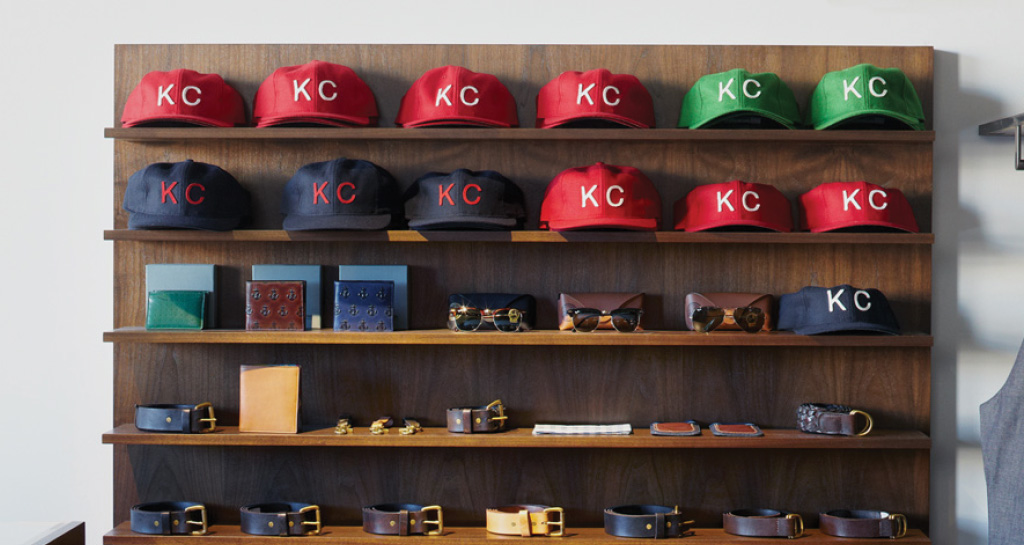Recent Project
Baldwin Pop-Up _ 2017
Prairie In The City
The Baldwin Pop-Up store has the unique condition in which its formally without a site. Contextually the parameters of the project were set to design a series of containers which hold the necessary contents of a typical retail space and showroom. Each fabricated item must be easily assembled and disassembled in a manner which allows all of the stores elements to be shipped and constructed anywhere Baldwin wishes to supplant a temporary retail experience. The space needed to be turnkey and the lease duration for this particular location was 45 days, and the space was to be restored to its original state upon departure.
The concept originates from a letter that Matt Baldwin wrote for the past fall season. He verbalizes a contradiction of his city life to the outdoors. Stemming from these suggestions of dichotomy between the city and nature, an apparent connection of Baldwin’s established brand yields the basis for the concept. Aptly coined Prairie in the City, the pop up follows this train of thought to transpose the contextual elements of the Midwest through objects that will become the retail function and experience. The program required Hufft’s design and fabrication studio to develop these objects to both meet the clients request for usable surface and hanging requirements, while simultaneously needing to be efficiently packaged and shipped to its next location. The end result: four pieces that fulfill the functions of retail while conveying a sensory connection to the Midwest, as an adaptation of the Baldwin brand and ethos.
The Prairie Table is Inspired by the rolling topographic profiles of Kansas’s Flint Hills region, and is the primary container for which the Baldwin store ships. The Clothing Line is a staple of agrarian photography and lifestyle. Designed with flexibility in mind, the three-bar profile both doubles the required linear feet required by the client by making it have the option of double hanging, while also providing the necessary structure to support removable shelves if needed. The Sawbuck Judd showroom table is merely a concept of its name. Inspired by the traditional Sawbuck table from farmhouses across the country, we took the simple construction and nesting methodology from Mid Century Modernist Donald Judd’s furniture design and applied it to the traditional farm table. The Dressing silo is an icon of the Midwestern landscape’s grain silos, and provided a simple typology in which a dressing room could be adapted. Using a series of CNC cut joints, the construction system is designed in a kit of parts. When erected it stands as a single occupant dressing room, which can then be easily disassembled with no fasteners or tools to flat-pack into each of the crates.
